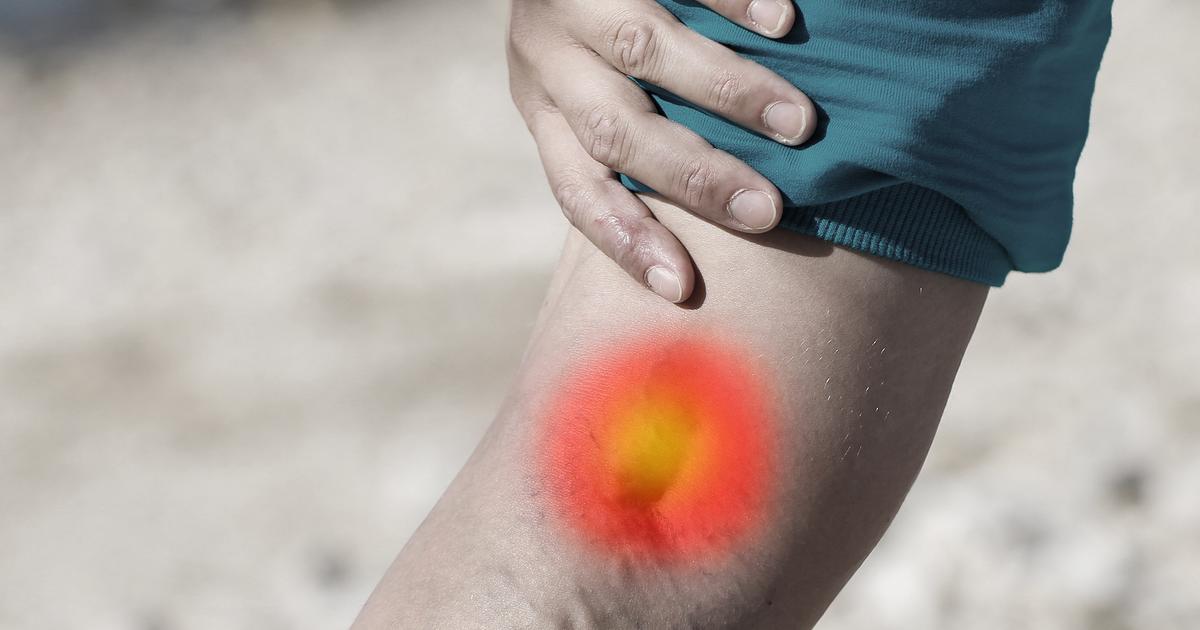Warning Signs Of Deep Vein Thrombosis
Warmth In The Affected Leg
Warmth in the affected leg or other location can be objectively assessed by comparing the temperature of the affected leg to the unaffected leg, other arm, or opposite side of the body. When evaluating patients for deep vein thrombosis, warmth in the affected area is one of the first things doctors check. If doctors do find that the temperature is different from the opposite side, they will order an ultrasound to detect a blood clot.
Advanced ultrasounds, called Duplex ultrasounds, provide a color image of blood flow to the area, allowing doctors to assess circulation levels properly. Until a doctor can see the patient, they should monitor the affected area for temperature changes. Patients should not apply ice packs or any other cooling aids to the area, as this can mask the seriousness of symptoms.
Keep reading to discover another surprising sign of deep vein thrombosis.
Sudden Shortness Of Breath

Sudden shortness of breath may be a sign a blood clot has broken off and traveled to the lungs, which can result in a fatal pulmonary embolism. Shortness of breath, medically referred to as dyspnea, can cause patients to feel as though they cannot take in enough air. Patients with this condition may also feel as though they are suffocating. Shortness of breath is commonly accompanied by chest pain and can sometimes cause coughing, wheezing, fainting, and anxiety. In particular, patients with shortness of breath may have sharp pain when they try to take a breath. This is known as pleurisy.
Doctors listen to the heart and lungs using a stethoscope and measure respiration rates to evaluate shortness of breath. Patients will likely be placed on an electrocardiogram monitor that records heart and breathing activity. Imaging tests, such as CT scans, may sometimes be needed.
Uncover another sign of deep vein thrombosis now.
